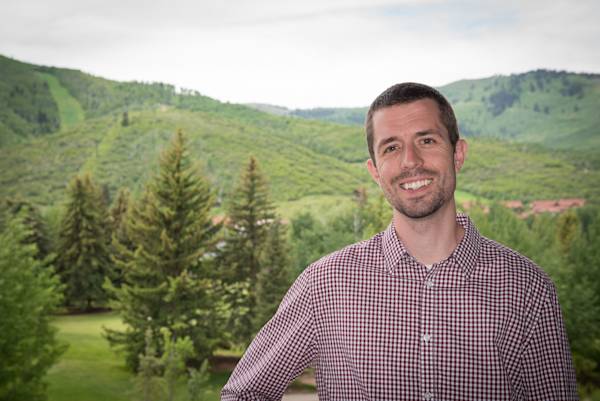
The New Journalist Is an Algorithm
I asked a friend over coffee the other day what he thought about the future of journalism. The answer should not have surprised me considering his last software company built real-time marketing software and was acquired by Microsoft. He said that in the future, successful journalists will not be able to eat, sleep, or take breaks if they want to survive.
Does that sound like a job description you want? The United Nations this year released a report that says nearly 3 billion people will have access to the Internet by the end of 2014. Today’s news carries with it thousands of stories published in real-time along with billions of potential witnesses.
It is impossible for a human to keep up. The new journalist has to be an algorithm.
Newspapers have always been focused on trending topics. What we are seeing now is the ability for technology to scale news across a global population instantly.
That is why smart companies like Goldman Sachs have invested thousands of hours and millions of dollars in algorithms that work at speeds no human would ever be able to achieve. At Aha! everything we do is centered around the belief that interactions with urgency are what propel people and organizations forward.
In the new world, responsibility is shifting from human gatekeepers, such as a newspaper editor who owns the front page, to algorithmic gatekeepers utilized by Google and Facebook, which display content a user has a high likelihood of clicking on. Do you know which algorithms define your world?
Here are the top 5 journalists that never sleep.
Google News There are more than a billion searches done on Google every day. Google is so good it predicts your search before it’s ever done. Today Google’s algorithms rely on more than 200 unique signals or “clues” that make it possible to guess what you might really be looking for. These signals include things like the terms on websites, the freshness of content, and your region.
BuzzFeed The homepage of the site is powered by an algorithm that monitors 120 million unique visitors of websites that include Time, Aol News, TMZ, Life, and many more. When the BuzzFeed algorithm determines a piece of content on one of these sites to be “going viral” it triggers the story and flows it into rotation on a set of reserved units on the home page.
Facebook’s EdgeRank Facebook has a billion users worldwide. The news feed has an ever-changing algorithm that controls what you see. It is based on friends you interact more, friends who visit your page and you do not know, the content of the messages you exchange with friends, advertising opportunities, and other interests Facebook have on controlling the information you see.
YouTube Search 100 hours of video are uploaded to YouTube every minute. The video search algorithm calculates views, shares, referrals, comments, and the average duration of time a video is watched. If viewers are watching more YouTube, it signals that they are happier with the content they have found.
Twitter Trends 500 million tweets are sent per day. Twitter has built an algorithm that cuts down the noise and finds only the tweets that have caught the attention of other users. If tweets you love are not showing up as top tweets, it means they are not a part of the widespread conversation.
Algorithms make it much easier not just for you to find the content that you are interested in, but for the content to find you.
Consider some of the largest global events of 2014 and the algorithms at work inside of each of them: the Sochi Winter Olympics on Google News, the Ebola outbreak on Facebook, and Malaysia Airlines Flight 370 trending on Twitter. None of these events would have been exposed to the world without a precise set of rules in place.
Today stories go viral or get buried based on millions of calculated inputs, values, and conditional statements. The only deadline left is when a news algorithm decides that your story is old news. That decision happens in a fraction of a second.


